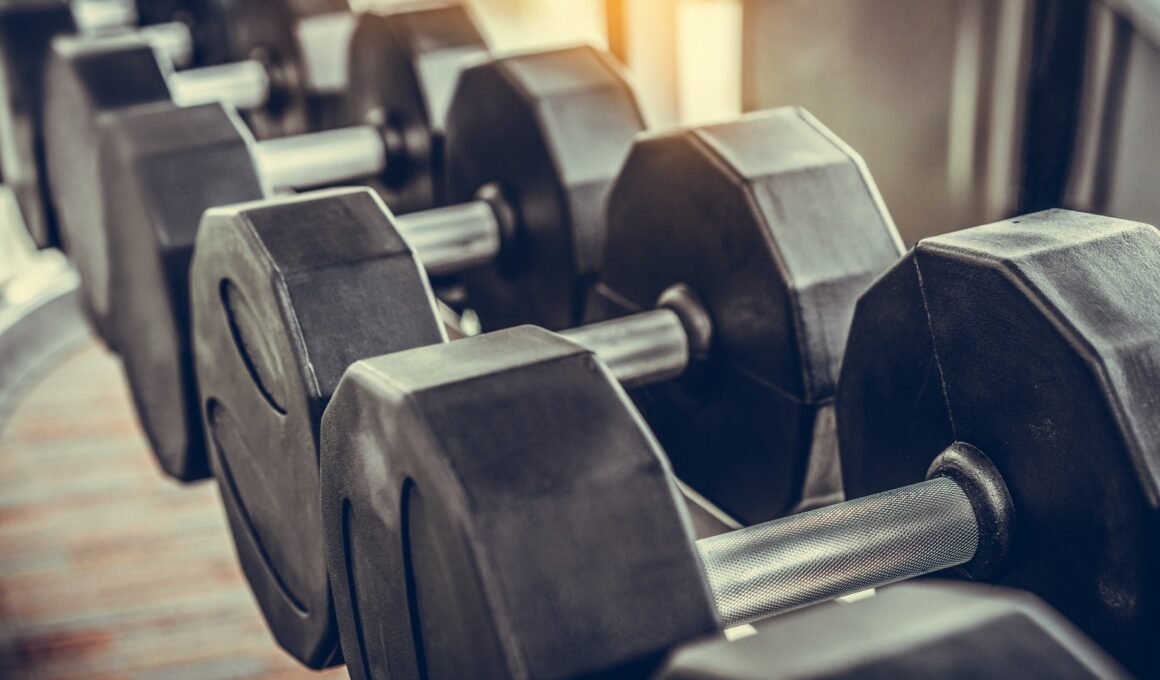If you’re working out regularly and your current aim is to build size and strength, then here’s a useful technique that may just help you to reach your goals faster. It’s called ‘rest sets’ or ‘rest pause’ and the general idea is that, contradictory though it may seem, resting during an exercise can actually help you to build bigger muscle. Let’s take a look at what this is and at how it can possibly be helpful to take a breather when you’re meant to be pushing yourself.
Cadence and Rest
First, it’s important to understand precisely what is meant by this ‘resting during working out’. What this doesn’t mean for instance is that you’ll be working out then sitting there doing nothing for ages in between. That’s a different type of rest period altogether (though also an interesting subject for debate). Rather, we’re talking about the cadence of your exercise and the timing of your movements.
This is what’s known on bodybuilding forums as ‘cadence’. That is to say that when you’re lifting weights the cadence is the time it takes you to extend your arms or legs, the pause at the top and then the time it takes you to lower the weight again.
A typical cadence in a workout might be written as 3-1-3 or 3-0-3, which would mean that you raise the weight slowly to the count of three seconds, pause for one or zero seconds, then lower the weight again for another three seconds. This is cadence, and with the 3-1-3 or 3-0-3 formation you’ll be giving your body just enough ‘time under tension’ in order to create the microtears that lead to growth. If you want to experience even more rapid growth though, then 5-0-5 will really push your muscles to their max and help you build size and control.
The number at the ‘top’ of this written formation is a rest period – the time you wait at the top of the movement before you get ready to lower again. This though is not what we’re talking about…
Because actually bodybuilding cadence should be written another way – it should be written as 3-0-3-0 in order to take into account the rest period at the start/end of each movement, at the bottom of the repetition. This is where pausing can be very useful.
Why Pausing Works
If you pause at the top of your exercise then this is going to give you a chance to rest most likely – your arms are going to be completely locked out in many cases or tucked in which means you can ‘rest’ here quite comfortably. Then you will just be lowering the weight again so all you have to do is ‘let the pause go’ to complete the set. As a general rule, you shouldn’t rest at this point in the exercise.
On the other hand though, if you rest at the bottom of the exercise this can have quite a profound difference. Although resting at the bottom of a movement is usually easy in itself, it then means that each time you perform a repetition you will be going again from ‘scratch’. This is as opposed to how you normally train, where you will perform repetitions almost by ‘bouncing’ the weight off your chest each time. This way you’re able to use a certain amount of momentum to help you through the movement which makes it considerably easier. On the other hand, by pausing at the end of each repetition, you have to generate all the power yourself and this means that you’re working much harder. Furthermore, when you start from the very bottom ‘rest’ position of an exercise, it ensures that you are using a fuller range of motion than you would normally, thus targeting the muscle fibres right at the extremes of your muscles for fuller development.
In many ways this is the equivalent of starting a car from still versus slowing down and then carrying on. As you’ll know if you’ve ever done an eco-driving course, the former is much more fuel hungry.
How to Pause
So how do you use these rest sets? Well, that depends on the exercise, but generally they should always involve feeling as though you’re completely relaxed for just a second during your exercises. The most obvious example is the bench press, which you would pause on by resting the weight actually across your chest (this is something that a lot of bodybuilders will do). Alternatively though, you can also pause during a pull up quite easily by ‘hanging’ from your arms for a second, or with bicep curls by letting your arms dangle straight. Don’t pause for more than a second, and if you want to mix things up a little, don’t be afraid to try pausing at other points during the exercises.
Give it a go and I think you’ll find yourself enjoying some pretty tough workouts…




